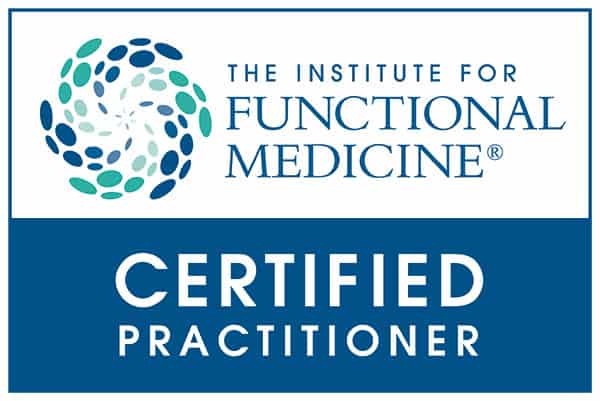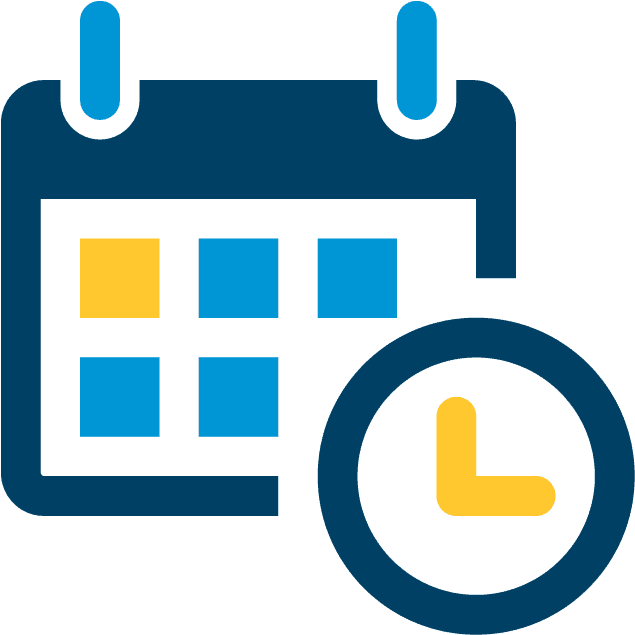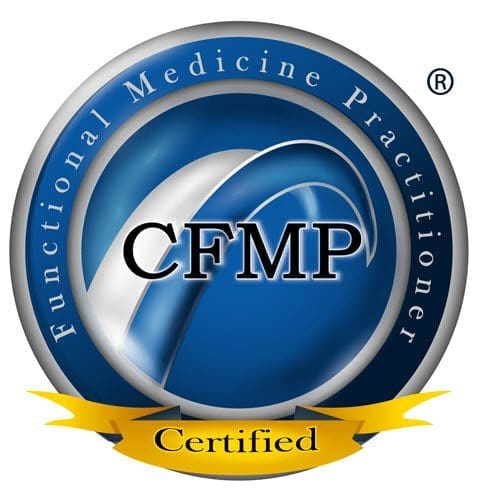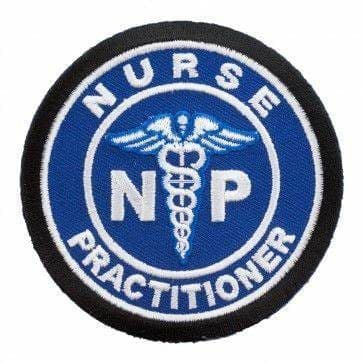Discover the connection between the nervous system, auto injuries, and long-term health consequences in this informative article.
Contents
Introduction: The Sneaky Nature of Whiplash
Picture this: you’re cruising along, maybe singing to your favorite tune, when—BAM!—another car rear-ends you. Your head snaps back and forth like a bobblehead on a bumpy road. That’s whiplash, and it’s not just a pain in the neck (pun intended). Whiplash is a common injury from motor vehicle accidents (MVAs), particularly rear-end collisions, and it can wreak havoc on your nervous system and even cause low back pain. It’s like that one guest at a party who spills punch on your carpet and then rearranges your furniture—disruptive and far-reaching.
In this comprehensive guide, we’ll explore how whiplash affects your nervous system, why it might lead to low back pain, and what symptoms to watch for. We’ll also delve into nonsurgical treatments, with a focus on chiropractic care, and highlight the expertise of Dr. Alexander Jimenez, a leading practitioner in El Paso, Texas, who specializes in helping accident victims recover. With a touch of humor to keep things light (think Uncle Fester from The Addams Family chuckling through the pain), we’ll make this journey informative and engaging. Let’s get started!
Understanding Whiplash: What’s Happening to Your Body?
Whiplash occurs when your neck undergoes a rapid back-and-forth motion, typically resulting from a car accident. This sudden force can stretch or tear muscles, ligaments, and tendons in your neck, like overstretching a rubber band. According to the National Safety Council, over 3 million car accidents happen annually in the U.S., with rear-end collisions being a leading cause of whiplash. The injury doesn’t always scream “I’m here!” right away—symptoms can sneak up days or even weeks later, making it a tricky condition to pin down.
Whiplash isn’t just about sore muscles. It can affect your spine, discs, and nerves, leading to a condition called whiplash-associated disorders (WADs). These disorders can range from mild discomfort to chronic pain, impacting your quality of life. The economic toll is also significant, with whiplash-related costs in the U.S. estimated at $10 billion annually, encompassing medical bills, lost work, and legal fees (Whaangaard et al., 2017).
Whiplash and the Nervous System: A Wiring Mishap
Your nervous system is like the internet of your body, with your brain as the central server and nerves as the cables that transmit signals. Whiplash can cause a “power surge” in this system, leading to issues like central hypersensitivity. This is when your brain and spinal cord become overly sensitive to pain, amplifying even minor sensations. It’s like your body’s alarm system going off for a leaf falling on your lawn instead of an actual intruder.
A meta-analysis of 27 trials found strong evidence of central hyperexcitability in chronic whiplash patients, making them more sensitive to pain throughout their body (El Paso Chiropractor Blog, 2016). This hypersensitivity can cause symptoms such as numbness, tingling, or weakness in your arms or hands, as nerves in your neck become irritated or damaged. Research also indicates that whiplash can lead to structural damage in nerves, including nerve root damage or injury to the cervical sympathetic chain, which regulates involuntary functions such as heart rate (ScienceDirect, n.d.).
In rare cases, whiplash can even affect specific nerves, such as the long thoracic or spinal accessory nerves, leading to unique symptoms, including shoulder weakness or pain (PMC, n.d.). These nervous system effects explain why whiplash can feel like more than just a neck injury—it’s a full-body communication breakdown.
The Connection to Low Back Pain: Why Your Back Hurts Too
You might be wondering, “If whiplash is a neck injury, why does my lower back hurt?” It’s a fair question, and the answer lies in the interconnected nature of your spine and nervous system. Here are the main reasons:
-
Referred Pain: Pain from your neck can “travel” to your lower back through shared nerve pathways. It’s like getting a headache from loud music—you’re not sure how it started, but it’s there. The cervical spine (neck) and lumbar spine (lower back) are linked by nerves, so irritation in one area can be felt in another.
-
Spinal Hypersensitivity: Whiplash can cause your spinal cord to become overly sensitive, amplifying pain signals throughout your body. This means even if your lower back wasn’t directly injured, it might still hurt because your nervous system is on high alert (Johnson & Davis, 2018).
-
Whole-Spine Impact: The force of a car accident doesn’t just affect your neck. The jolt can strain muscles and ligaments in your lower back, causing direct injury. Studies show that low back pain is reported in about 35% of whiplash patients, and interscapular (between the shoulder blades) pain is common in 20% (ScienceDirect, n.d.).
This connection highlights why whiplash is often misdiagnosed or undertreated—doctors might focus on the neck and miss the root cause of the back pain.
The Science of Motion- Video
Symptoms of Whiplash: A Symphony of Discomfort
Whiplash can produce a wide range of symptoms, like a band playing out of tune. Here’s a breakdown of the most common ones, affecting both the nervous and musculoskeletal systems:
| Symptom | Description |
|---|---|
| Neck Pain and Stiffness | The hallmark of whiplash ranges from mild aches to severe pain, which can limit movement. |
| Headaches | Often starting at the skull’s base, linked to muscle tension or nerve irritation. |
| Dizziness | A spinning sensation, possibly from vestibular or cervical nerve issues. |
| Shoulder Pain | Pain is spreading from the neck due to shared muscles and nerves. |
| Low Back Pain | Reported in 35% of cases, either referred from the neck or from direct injury. |
| Numbness/Tingling | In arms or hands, caused by nerve irritation or compression. |
| Fatigue | Persistent tiredness, possibly from chronic pain or nervous system stress. |
| Cognitive Difficulties | Trouble concentrating or experiencing memory issues, sometimes referred to as “brain fog.” |
These symptoms can vary in intensity and may not appear immediately, making it crucial to seek medical evaluation after an accident, even if you feel fine initially.
Nonsurgical Treatments: Getting Back to Normal Without a Scalpel
The good news? Most whiplash cases can be treated without surgery, and there are several effective options to help you recover. Here’s a look at the main approaches:
Chiropractic Care
Chiropractors are like the body’s mechanics, tweaking your spine to get everything back in alignment. By performing gentle spinal adjustments, they can reduce nerve pressure and ease pain. A study published in The Spine Journal found that chiropractic care significantly reduced pain and improved function in patients with whiplash (Osmotherly et al., 2012). It’s particularly effective for addressing central hypersensitivity, calming those overactive nerves (El Paso Chiropractor Blog, 2016).
Physical Therapy
Physical therapists design exercise programs to strengthen neck and back muscles, improve flexibility, and restore range of motion. Techniques such as massage, ultrasound, or electrical stimulation can also help reduce pain and inflammation.
Medications
Over-the-counter pain relievers, such as ibuprofen or acetaminophen, can help manage pain and reduce inflammation. In severe cases, doctors may prescribe muscle relaxants or stronger anti-inflammatory drugs.
Electro-acupuncture
This involves placing small needles in specific points and applying a low-level electrical current. It’s thought to reduce nerve compression and improve function, especially for nerve-related pain (El Paso Back Clinic, n.d.).
Functional Medicine
This holistic approach examines underlying factors, such as inflammation or hormonal imbalances, that may exacerbate pain. Practitioners may recommend dietary changes, supplements, or stress management to support recovery (El Paso Back Clinic, n.d.).
These treatments work best when started early, as delaying care can lead to chronic pain or disability.
Personal Injury Cases in El Paso: Dr. Alexander Jimenez’s Expertise
In El Paso, Texas, personal injury cases from MVAs are a significant concern, and Dr. Alexander Jimenez is a standout figure in helping victims recover. As a Doctor of Chiropractic, Advanced Practice Registered Nurse, and Board-Certified Family Nurse Practitioner, Dr. Jimenez brings a unique blend of skills to the table. His clinic, El Paso Back Clinic, offers comprehensive care for whiplash and other accident-related injuries.
Dr. Jimenez excels at using advanced imaging techniques, such as MRI and CT scans, and diagnostic evaluations to pinpoint the extent of injuries. This is crucial not only for treatment but also for legal documentation in personal injury cases. He acts as a liaison between medical care and legal proceedings, ensuring that injuries are accurately documented for insurance claims or lawsuits. His multidisciplinary team, including therapists, integrative doctors, nutritionists, and exercise specialists, provides holistic care that addresses both physical and systemic issues.
For example, a patient named Jane (name changed for privacy) shared: “After my car accident, I couldn’t turn my head without pain, and my lower back was killing me. Dr. Jimenez’s team used imaging to find the problem and created a plan that got me moving again. They also helped with my insurance claim, which took so much stress off my plate.” Stories like Jane’s highlight why Dr. Jimenez is a trusted name in El Paso.
The Importance of Early Intervention
Time is critical when it comes to whiplash. The sooner you seek treatment, the better your chances of avoiding chronic pain. Left untreated, whiplash can lead to long-term issues like persistent neck or back pain, headaches, or even psychological effects like anxiety. In places like Florida, you have only 14 days after an accident to seek care to qualify for certain insurance coverage, so acting fast is key (Alexander Orthopaedics, n.d.).
Dr. Jimenez emphasizes the importance of early evaluation, utilizing tools such as the Living Matrix to assess systemic factors that may contribute to pain. This proactive approach can make all the difference in your recovery.
The Bigger Picture: Whiplash’s Impact on Society
Whiplash isn’t just a personal issue—it’s a public health concern. With millions of car accidents annually, the prevalence of whiplash is staggering. Proper headrest adjustment can reduce the risk of neck pain by 24%, yet many drivers fail to use this simple precaution (PubMed, n.d.). The economic burden, including medical costs and lost productivity, underscores the need for effective treatment and prevention strategies.
Conclusion: Taking Whiplash Seriously
Whiplash from motor vehicle accidents can disrupt your nervous system, leading to symptoms like neck pain, headaches, and even low back pain. While it might seem like a minor injury, its effects can be far-reaching, especially if left untreated. Nonsurgical treatments, such as chiropractic care, physical therapy, and functional medicine, offer hope for recovery, and early intervention is crucial in preventing chronic issues.
In El Paso, Dr. Alexander Jimenez stands out as a leader in personal injury care. His expertise in advanced diagnostics and his role as a bridge between medical and legal needs make him an invaluable resource for accident victims. If you’ve been in a car accident, don’t wait—seek professional help to get back to your best self.
Disclaimer: This article is for informational purposes only and does not constitute medical advice. Always consult a qualified healthcare professional for diagnosis and treatment.
Key Citations
- National Safety Council: Motor Vehicle Crashes Overview
- The Spine Journal: Efficacy of Exercise for Whiplash-Associated Disorders
- Journal of Orthopaedic and Sports Physical Therapy: Central Hypersensitivity in Chronic Whiplash
- Pain Research and Management: Spinal Hypersensitivity in Whiplash Disorders
- El Paso Back Clinic: Spine Care Services
- Alexander Orthopaedics: Common Back Injuries from Car Accidents
- PubMed: Observations on Whiplash Injuries
- PMC: Unusual Presentation of Whiplash Injury
Disclaimer
Professional Scope of Practice *
The information on "Auto Injuries: A Patient's Guide to the Nervous System" is not intended to replace a one-on-one relationship with a qualified health care professional or licensed physician and is not medical advice. We encourage you to make healthcare decisions based on your research and partnership with a qualified healthcare professional.
Blog Information & Scope Discussions
Welcome to the wellness blog of El Paso Back Clinic, where Dr. Alex Jimenez, DC, FNP-C, a board-certified Family Practice Nurse Practitioner (FNP-C) and Chiropractor (DC), presents insights on how our team is dedicated to holistic healing and personalized care. Our practice aligns with evidence-based treatment protocols inspired by integrative medicine principles, similar to those found on dralexjimenez.com, focusing on restoring health naturally for patients of all ages.
Our areas of chiropractic practice include Wellness & Nutrition, Chronic Pain, Personal Injury, Auto Accident Care, Work Injuries, Back Injury, Low Back Pain, Neck Pain, Migraine Headaches, Sports Injuries, Severe Sciatica, Scoliosis, Complex Herniated Discs, Fibromyalgia, Chronic Pain, Complex Injuries, Stress Management, Functional Medicine Treatments, and in-scope care protocols.
Our information scope is limited to chiropractic, musculoskeletal, physical medicine, wellness, contributing etiological viscerosomatic disturbances within clinical presentations, associated somato-visceral reflex clinical dynamics, subluxation complexes, sensitive health issues, and functional medicine articles, topics, and discussions.
We provide and present clinical collaboration with specialists from various disciplines. Each specialist is governed by their professional scope of practice and their jurisdiction of licensure. We use functional health & wellness protocols to treat and support care for the injuries or disorders of the musculoskeletal system.
Our videos, posts, topics, subjects, and insights cover clinical matters, issues, and topics that relate to and directly or indirectly support our clinical scope of practice.*
Our office has reasonably attempted to provide supportive citations and has identified the relevant research studies or studies supporting our posts. We provide copies of supporting research studies available to regulatory boards and the public upon request.
We understand that we cover matters that require an additional explanation of how they may assist in a particular care plan or treatment protocol; therefore, to discuss the subject matter above further, please feel free to ask Dr. Alex Jimenez, DC, APRN, FNP-BC, or contact us at 915-850-0900.
We are here to help you and your family.
Blessings
Dr. Alex Jimenez, DC, MSACP, APRN, FNP-BC*, CCST, IFMCP, CFMP, ATN
email: coach@elpasofunctionalmedicine.com
Licensed as a Doctor of Chiropractic (DC) in Texas & New Mexico*
Texas DC License # TX5807
New Mexico DC License # NM-DC2182
Licensed as a Registered Nurse (RN*) in Texas & Multistate
Texas RN License # 1191402
ANCC FNP-BC: Board Certified Nurse Practitioner*
Compact Status: Multi-State License: Authorized to Practice in 40 States*
Graduate with Honors: ICHS: MSN-FNP (Family Nurse Practitioner Program)
Degree Granted. Master's in Family Practice MSN Diploma (Cum Laude)
Dr. Alex Jimenez, DC, APRN, FNP-BC*, CFMP, IFMCP, ATN, CCST
My Digital Business Card









